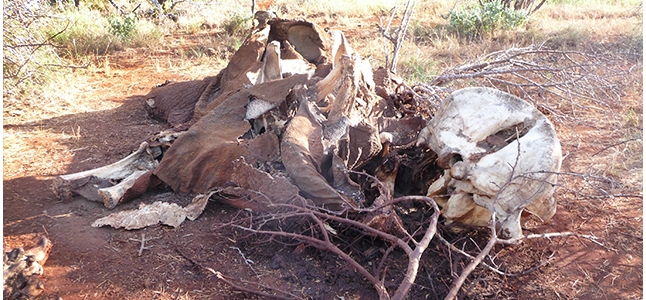Two recent situations have led to calls for international accountability mechanisms. The responses to these calls differ widely. Why is this interesting? They show the potential of a more open justice innovation approach. And the costs of not doing so.
The first situation is the tragic downing of flight Malaysian Airlines flight MH17 over Ukraine on 17 July 2014, which led to 298 deaths. Politicians from the counties that suffered most losses – The Netherlands, Australia, and Malaysia – where quick to capture the public sentiment and announced: those responsible will be held to account. This was given international force in Security Council resolution 2166 (2014) in which the Council demanded “that those responsible for this incident be held to account and that all States cooperate fully with efforts to establish accountability”. The Dutch Safety Board led an international investigation into the loss of the plane that led to a final report. A key conclusion is that the plan was in fact shot down, and that the weapon was a “9N314M-model warhead carried on a 9M38-series of missiles, as installed on the Buk surface-to-air missile system”. The Safety Board investigation did not deeply investigate the exact place from which the missile was fired; it did say that the area from which the flight path of the missile could have commenced measures around 320 square kilometres in the East of Ukraine. This is where Russian backed rebels were active.
The second situation concerns wildlife crime. From 2007 to 2014 rhino poaching in South Africa alone increased by almost 12.000%. The first third of 2015 has already shown an increase of 18% compared to 2014. The numbers regarding elephants are not much better: the results from a recent survey showed that in Tanzania alone as much as 85,000 elephants are likely to have been killed between 2009 and 2014, a decline of 60%. In Mozambique, poachers killed half of the elephant population in five years. At the moment, trafficking in rhino horn and ivory is more lucrative than trafficking in cocaine. It is not limited to rhino horn and ivory: lizards, snakes, tigers, birds, pangolins, fish stocks are also part of this global trade. Trafficking wildlife is part of the business model of violent groups like the Lord Resistance Army, which commit atrocities at a large scale. It fuels corruption, money laundering, exploitation of vulnerable groups and tax evasion, and destroys the essential trust that is a foundation for prosperous and sustainable communities. National accountability mechanisms are failing spectacularly.
In the first situation the Dutch prosecution service – with the participation of international partners – is conducting a criminal investigation. However, it is felt that a purely national procedure will not suffice. So efforts are under way to set up an international accountability mechanism. But it is hard, even for a relative insider like me, to know what is going on in that process. It is closed, political, and led by ministries and diplomats. There are no real communications to the outside world. From what can be picked up, existing tribunal models are the point of departure. Using the Yugoslav Tribunal precedent, an attempt was made to pay the legal basis for the tribunal in a Security Council resolution. That, at least for now, failed because of a Russian veto. The thinking about the procedure for the new accountability mechanism appears to be based on precedents like the Special Court for Lebanon or the Lockerbie tribunal. Over the year after the crash, we don’t have the accountability mechanism yet.
In the second situation, a broad international stakeholder group, led by World Wildlife Fund The Netherlands and HiiL Innovating Justice, set up the accountability mechanism. The process took a set of requirements as its basis, which included a clear theory of change based on a deep understanding of the criminality involved and how disrupting that criminality can best disrupt the trade (the ultimate goal) and a good understanding of the surrounding landscape of other efforts to make sure the new initiative leveraged those where possible. Contrary to the MH17 process, a deliberate, open innovation process was initiated, which included many different disciplines and expertise. Ultimately, this process led to the setting up of the Wildlife Justice Commission, launched two weeks ago in the Peace Palace.
Of course, we must guard against comparing the two situations too easily. One thing stands out: the entirely different ways in which the process to get to the best accountability model is organised. The MH17 process is closed, without the involvement of real outsiders and other disciplines. It seems to be leaning on existing models while there is every reason to ask whether existing models are the best way to deal with accountability in this case. To name one point: flight MH17 does not seem to have been shot down deliberately as part of a deliberate plan to wipe out a certain ethnic group or to commit acts of terrorism, but the models developed for such cases are being used as a mould. In addition, the process of setting up the new mechanism is slow: more than a year has passed since the downing and no start date seems in sight.
Innovation is possible, even in the justice sector. Everything we know about innovation tells us that opening up, knowing your market, and looking for odd coalitions, are key components for success. What will it take to break open governments and ministries so that they innovate in accordance with what is now known about making innovation work?



